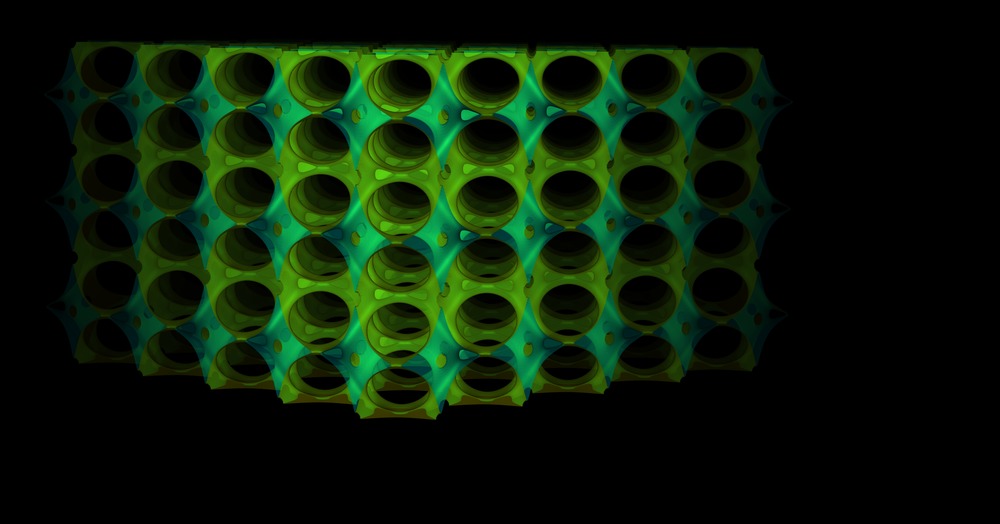
Cars, cell phones, cameras, most of the battery-powered devices in our daily lives are powered by lithium batteries. However, the disadvantage of these storage devices is that the electrolyte – the medium that allows electrons and positive charges to move between the electrodes – is a flammable liquid. Furthermore, lithium is a limited resource, and its extraction is also highly controversial. However, these lithium batteries could soon become obsolete. Specialists in crystallography at the University of Geneva (UNIGE, Switzerland) have developed a non-flammable, solid-state electrolyte that works at room temperature.
This electrolyte transfers sodium instead of lithium. Unlike lithium, sodium is abundant and also makes more powerful batteries feasible. “Sodium is a good candidate to replace [lithium] because it has chemical and physical properties that are close to those of lithium and that are widely available,” explains Fabrizio Murgia, a postdoctoral fellow at the UNIGE Faculty of Science. The properties of these ‘ideal’ batteries would be based on the crystalline structure of the electrolyte. This is a hydroborate composed of boron and hydrogen, the researchers state.
Too high a temperature
Sodium and lithium are very close to each other on the periodic table. “The problem is that sodium is heavier than its cousin lithium. That means it has difficulty making its way around in the battery electrolyte,” says Matteo Brighi. He is another postdoctoral fellow at UNIGE and the first author of the study published in the journal Cell Reports Physical Science.
This means that electrolytes must be developed that can transport cations such as sodium. As early as 2013 and 2014, Japanese and American researchers had already identified hydroborates as being reliable sodium conductors at over 120°C. Initially, this seems to be too high a temperature for the everyday use of batteries. “But a godsend for the Geneva laboratory!”
“We obtained very good results with excellent properties compatible with batteries.” Radovan Cerny, professor at the UNIGE Crystallography Laboratory and project leader goes on: “We succeeded in using hydroborates as an electrolyte from room temperature to 250 degrees Celsius with no safety issues. What’s more, they resist higher potential differences, meaning the batteries can store more energy.”
Practical problem
Manufacturing strategies published by the scientists could be implemented with the help of crystallography. “Our article offers examples of structures that can be used to create and disrupt the hydroborates,” says Murgia. The structure of the hydroborates would enable spheres of boron and negatively charged hydrogen to form. These spherical spaces would allow enough room for positively charged sodium ions to pass through. “Nevertheless, as the negative and positive charges attract each other, we needed to create disorder in the structure to disrupt the hydroborates and allow the sodium to move,” Brighi explains.
According to the researchers, the article is a “toolkit for battery developers.” It is aimed at spawning a new generation of batteries that are “more stable and powerful”. UNIGE and EMPA are currently collaborating on the development of a 4V sodium battery that will be more powerful than the 3V battery that was launched in 2019. “An authentic ‘Made in Switzerland’ product!” they say.
Title image: Disorder symmetry. Three-dimensional surface of sodium ion diffusion in a hydroborate crystal. This new material forms a disordered yet highly symmetrical structure, allowing mobility of sodium comparable to that of lithium in a commercial battery. © UNIGE/Brighi








